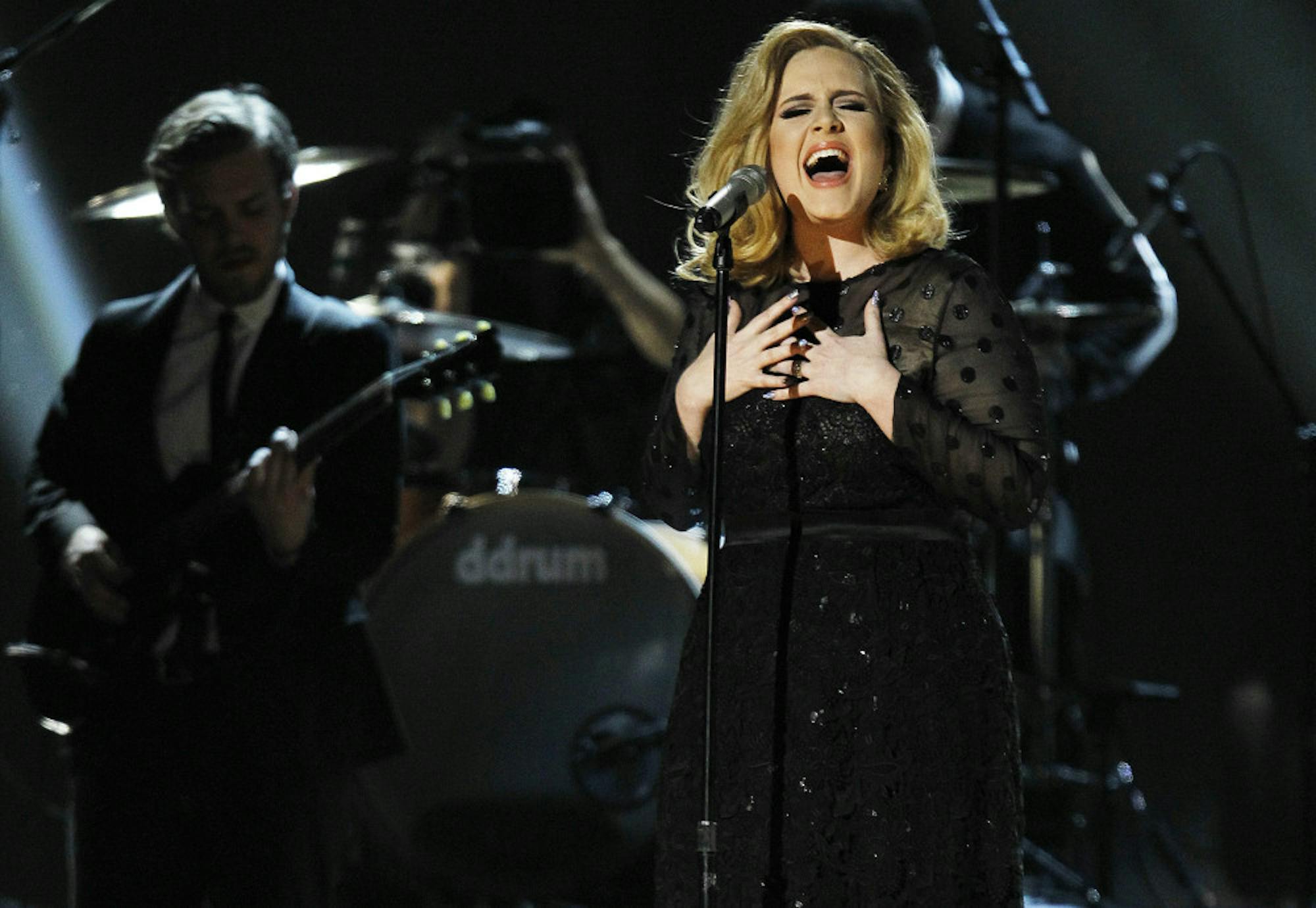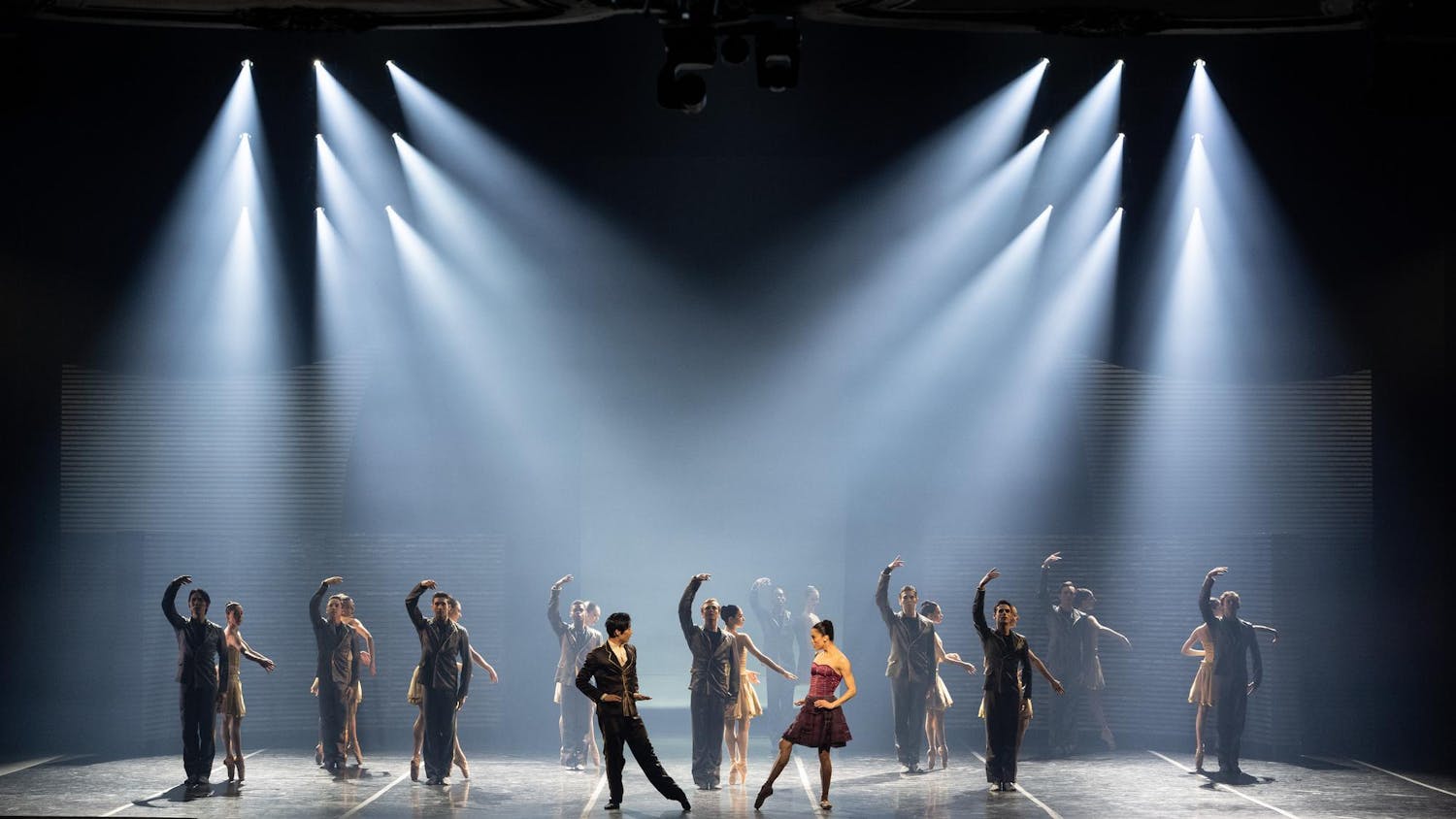Despite weeks of speculation by music industry experts, no one could have predicted that Adele’s “25,” released on Nov. 20, would, in only three days, become the fastest-selling album ever. In less than a week, Adele had managed to shatter the single-week sales record of 2.4 million, set by *NSYNC’s "No Strings Attached" (2000). “25” went on to sell a mind-boggling 3.38 million copies by the end of its opening week. To put this number into perspective, *NSYNC’s record occurred when 700 million albums per year were being sold in the United States, while Adele’s comes at a time when 2014 alone saw a mere 247 million albums sold, including both physical and digital. In other words, Adele is truly a once-in-a-lifetime phenomenon.
None of this success, however, would mean much if the music behind this blockbuster release had failed to live up to the high standards set by Adele herself. While inevitable comparisons will be made to her heartbreak tour de force “21” (2011), it is a testament to Adele’s artistry that her third album is filled with superb moments that more than justify the hype. Even though “25” does not radically alter the sonic palette Adele uses to tell her tales of romance and sorrow, the record sees Adele playing a different role; she is no longer the scorned lover from “21” but rather a woman filled with regrets and weariness.
Nowhere is this more evident than on lead single “Hello." The sweeping ballad sees Adele reaching out to a former lover she clearly wronged. From the iconic opening line, it is apparent that Adele is now experiencing remorse as she desperately sings “Hello from the other side / I must've called a thousand times / To tell you I'm sorry, for everything that I've done.” Yet it is the softer moments like when she sings “It’s so typical of me to talk about myself, I’m sorry” that the listener can really hear a newfound maturity and wisdom.
Adele continues to remain contemplative for much of the album. The acoustic, Spanish guitar-driven “Million Years Ago” sees her sounding tired beyond her 27 years as she painfully admits “I feel like my life is flashing by.” Even more haunting is “All I Ask” in which she resigns herself to a final, romantic night with her lover and expresses her doubts about the future, asking, “Cause what if I never love again?” Adele’s ability to capture such conflicting emotions is what infuses these songs with such emotional gravitas despite their familiar subject matter.
Not all of “25,” however, is doom and gloom -- Adele ensures that is some levity to the record. On “Send My Love (To Your New Lover),” Adele brings out her sassy side, sauntering her way through a springy send-off to a no-good ex-boyfriend. The thumping “Water Under the Bridge” provides another fast-paced moment for the album as the song’s gospel and disco influences meld beautifully, echoing Adele’s urgency as she confronts her indecisive lover. The album even ends on a relatively high note with the “Sweetest Devotion.” From the song’s “woo-hoos” to its heavenly backup choir, the touching ode to her son Angelo sees her basking in the joys of being a parent.
Yet the shining jewel of “25” comes rather unassumingly with the opening chords of “When We Were Young." In this song, Adele imagines being a party in the distant future where she encounters a past lover bringing back a flood of emotions. The song’s structure is relatively simple -- it is primarily built around the use of a piano -- yet its complexity lies in the emotions that Adele feels towards this man. This moment reminds her of the love they used to share, but she also expresses frustration at the passage of time, practically shouting, “I'm so mad I'm getting old / It makes me reckless.” The song focuses on a timeless and universal theme -- wondering what could have been -- and it will most likely be wildly overplayed for years to come.
While nothing on “25” comes close to matching the sheer magic and ferocity of “Rolling in the Deep” (2011), Adele’s third album is a triumph in every sense of the word, building upon the formula that made “21” such a successful record. By continuing to prove that heartbreak is the most universal of all human emotions, Adele is a rare figure in the ever-changing world of pop music. She knows exactly how to connect with her listeners and imbue them with emotions that they did not know they could even feel. So for all our sakes, let us hope that Adele does not get too happy anytime soon because, at 27 years old, she certainly has a long career ahead of her.
Adele creates safe yet timeless pop music on record-breaking ‘25’

Adele performs at the 54th annual Grammy Awards at the Staples Center in Los Angeles, Calif., on Sunday, Feb. 12, 2012.
Summary
Adele continues her winning streak on “25” as her third album showcases a more mature side of the British songstress and sees her tackling romantic woes more deftly than ever before.
4.5 Stars





